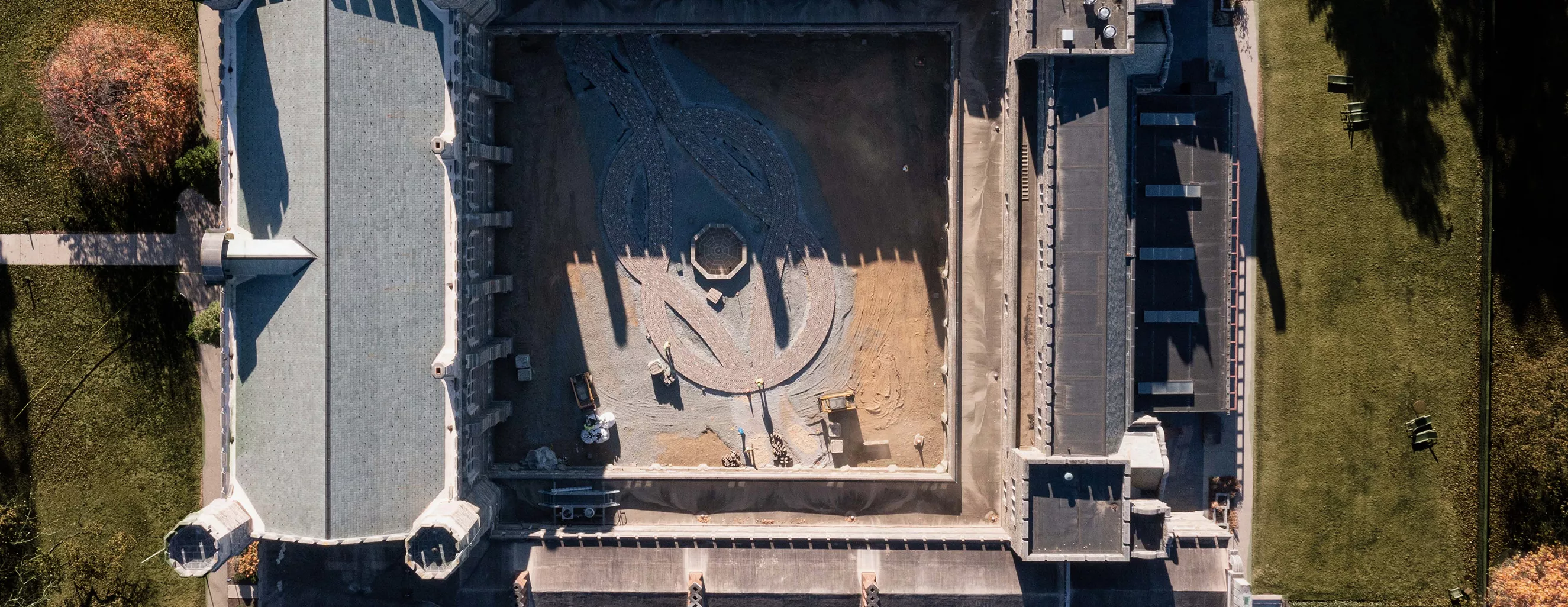
Coverage Archive
Bryn Mawr College’s ARCH Project (Art Remediating Campus Histories), in partnership with Monument Lab, is a multi-year collaboration to design a process and commission a campus public artwork that responds to the legacy of exclusionary practices at the College. This vital work builds on previous and ongoing College-supported efforts by students, staff, alumni, and faculty to reveal and repair harm, ensuring a reckoning with Bryn Mawr College’s history and a clear-sighted look at the way to a future of inclusion and reconciliation.
Media Coverage
Artsy
Dec. 29, 2025 - Don't Forget to Remember (Me) earns a spot on Artsy's Best Public Art of 2025 international top ten list.
Art Net
May 6, 2025 - A Poignant New Monument at Bryn Mawr College Confronts Its Troubled History
The Philadelphia Inquirer
May 1, 2025 - Bryn Mawr College’s first Black graduate had to walk a mile to get to class. A new monument honors her journey.
WHYY
Apr. 28, 2025 - Bryn Mawr College illuminates the forgotten names of its historic Black staff
Bloomberg
Apr. 26, 2025 - At Bryn Mawr, a Monumental Plaza Traces the Steps of Black History
Axios Philadelphia
Apr. 24, 2025 - First Look: Bryn Mawr College unveils new art path honoring Black workers
College Coverage
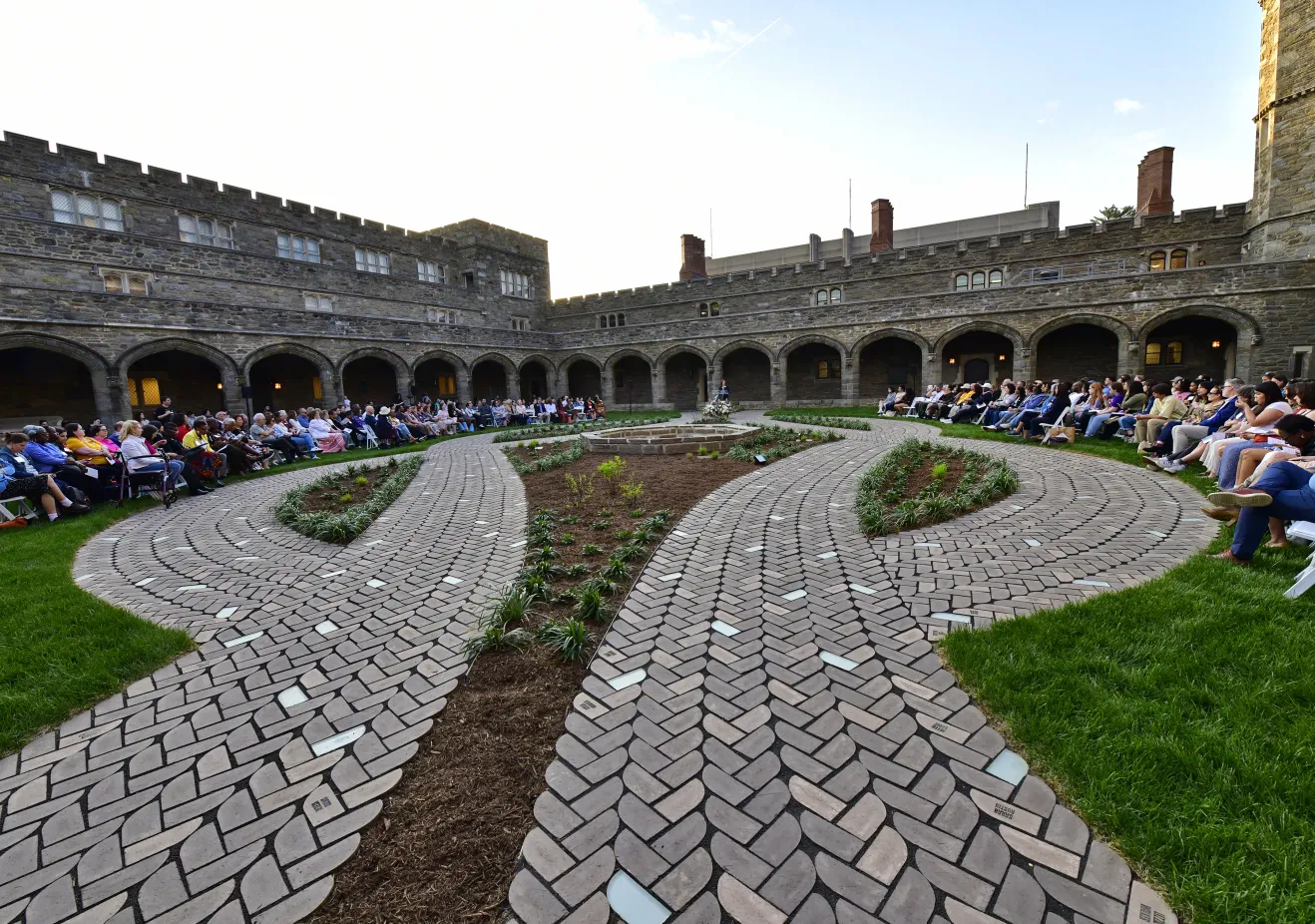
Video: ARCH Project Lecture & Lunch with the Artist, Nekisha Durrett
May 6, 2025 - Bryn Mawr College community members joined artist Nekisha Durrett as she talked about the inspiration for her artwork, the historical research that informed it, and the creative process of fabricating it for Bryn Mawr’s campus... watch on YouTube.
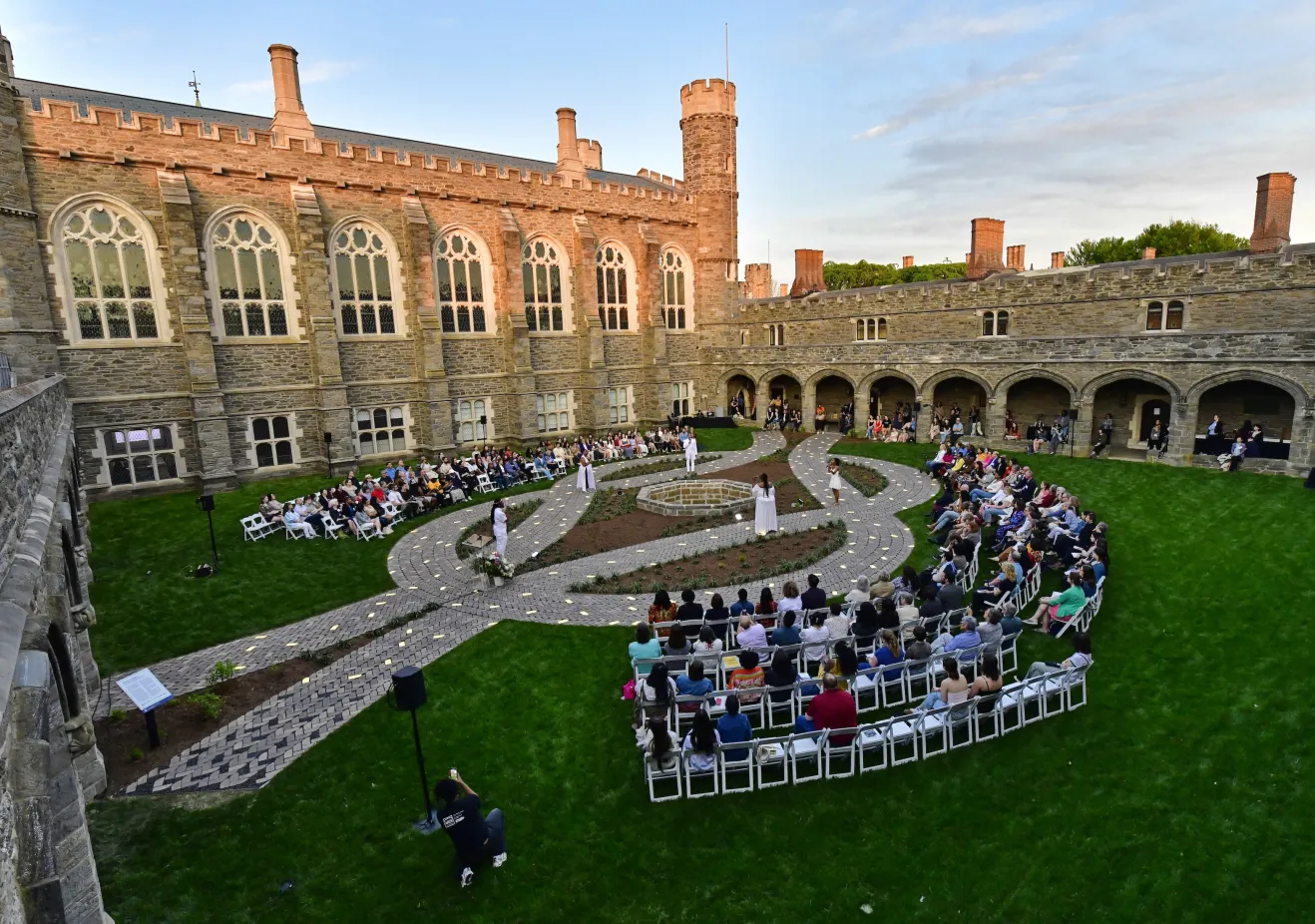
Article: The ARCH Project "Don't Forget to Remember (Me)" is Unveiled in the Cloisters
Apr. 29, 2025 - The setting sun glistened off the windows of Old Library, and the peaceful sound of a West African kora and energy of a new beginning filled the air as the Bryn Mawr community gathered in the Cloisters of Old Library for the long-awaited... read more.
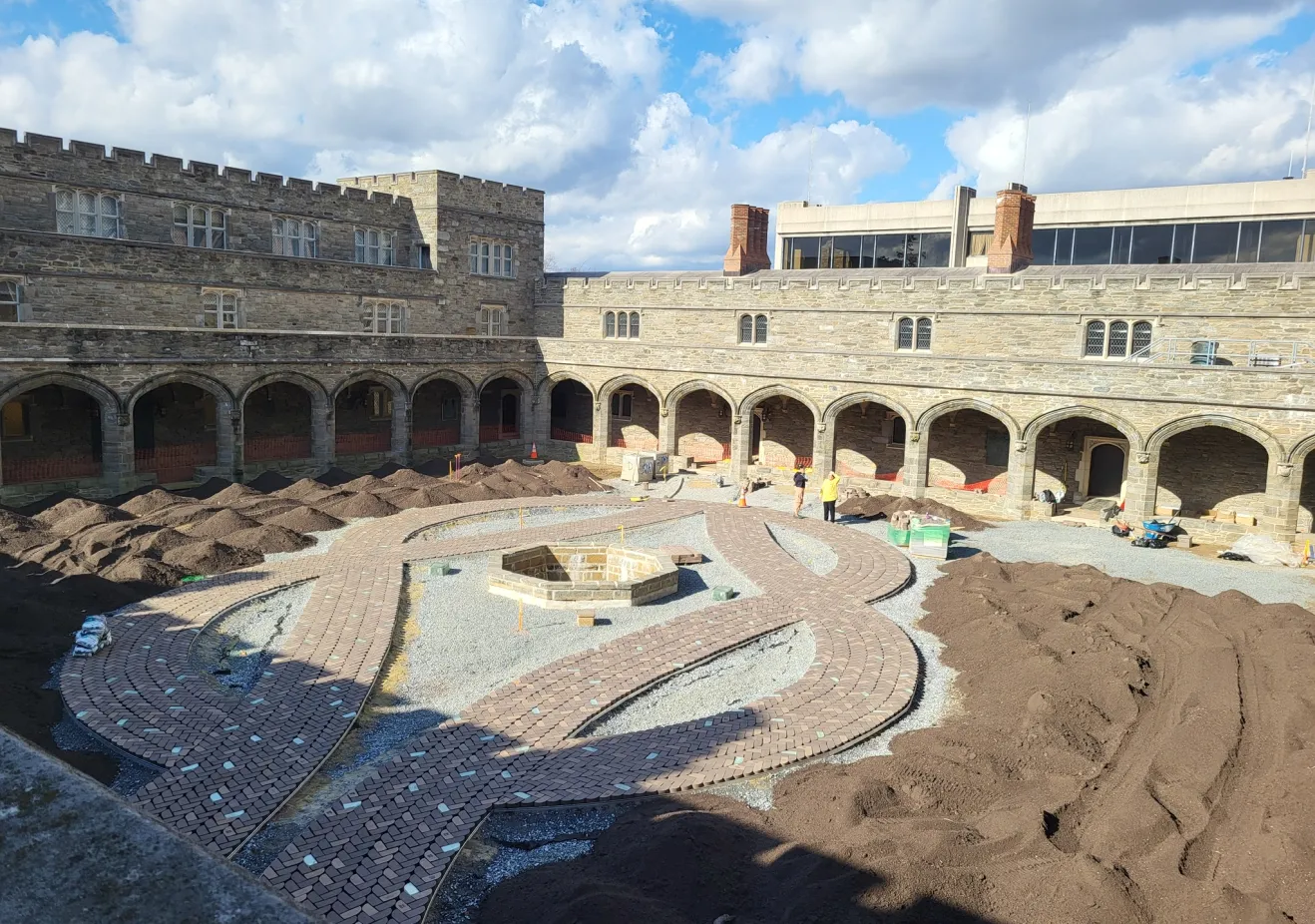
Article: Alums Look Forward to Returning to Campus for Monument's Unveiling on April 24
Apr. 10, 2025 - The official unveiling and dedication of the monument “Don’t Forget to Remember (Me)” will take place on Thursday, April 24, and the event will bring several alums who contributed to the development of the work back to campus... read more.
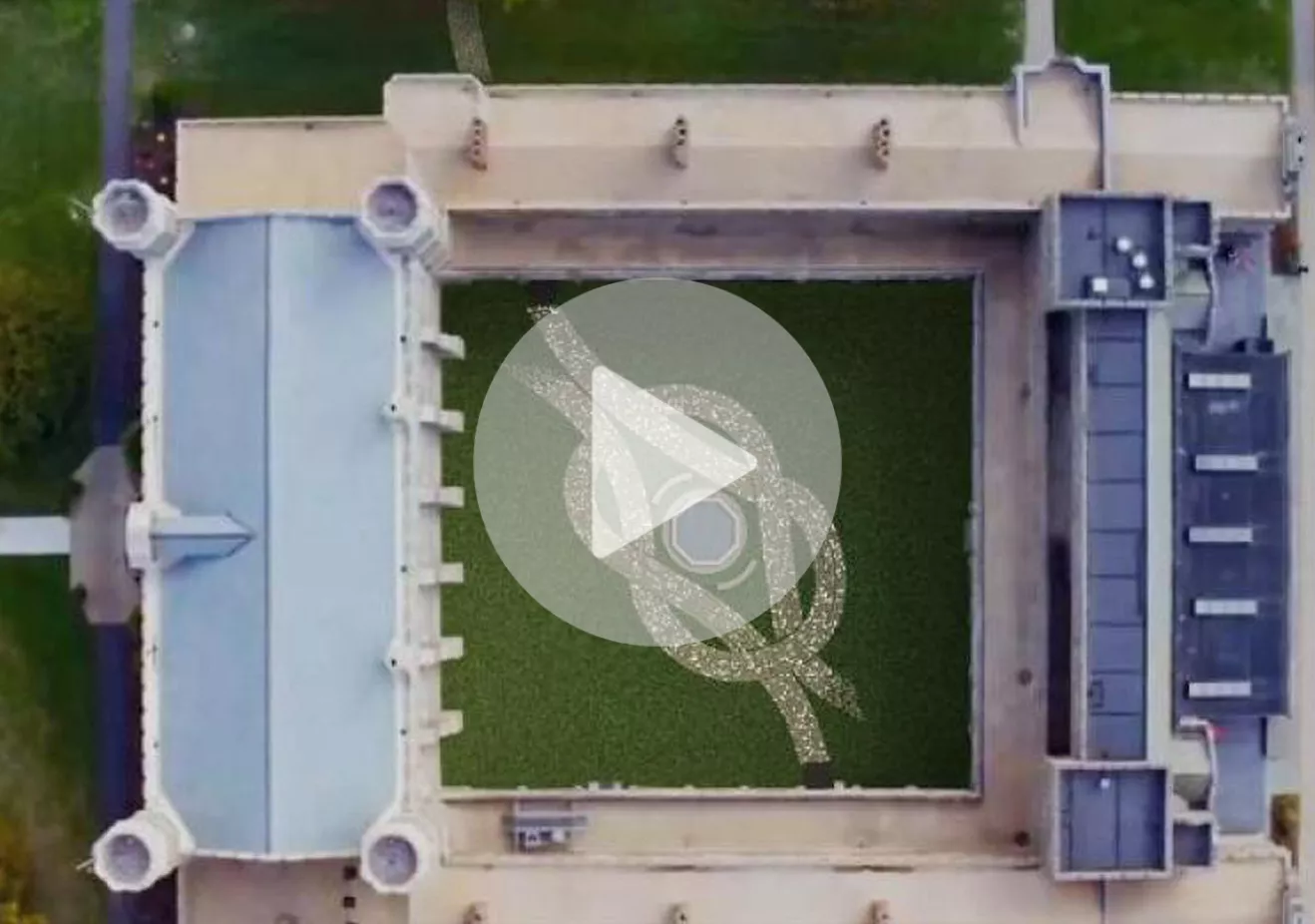
Video: Construction Nearly Complete on ARCH Project
Nov. 21, 2024 - "The project is going incredibly well." commented project artist Nekisha Durrett. "I have an amazing team so almost every paver is laid down in this site. Then the next step would be filling in the spaces between the pavers with a polymeric sand."... watch on YouTube.
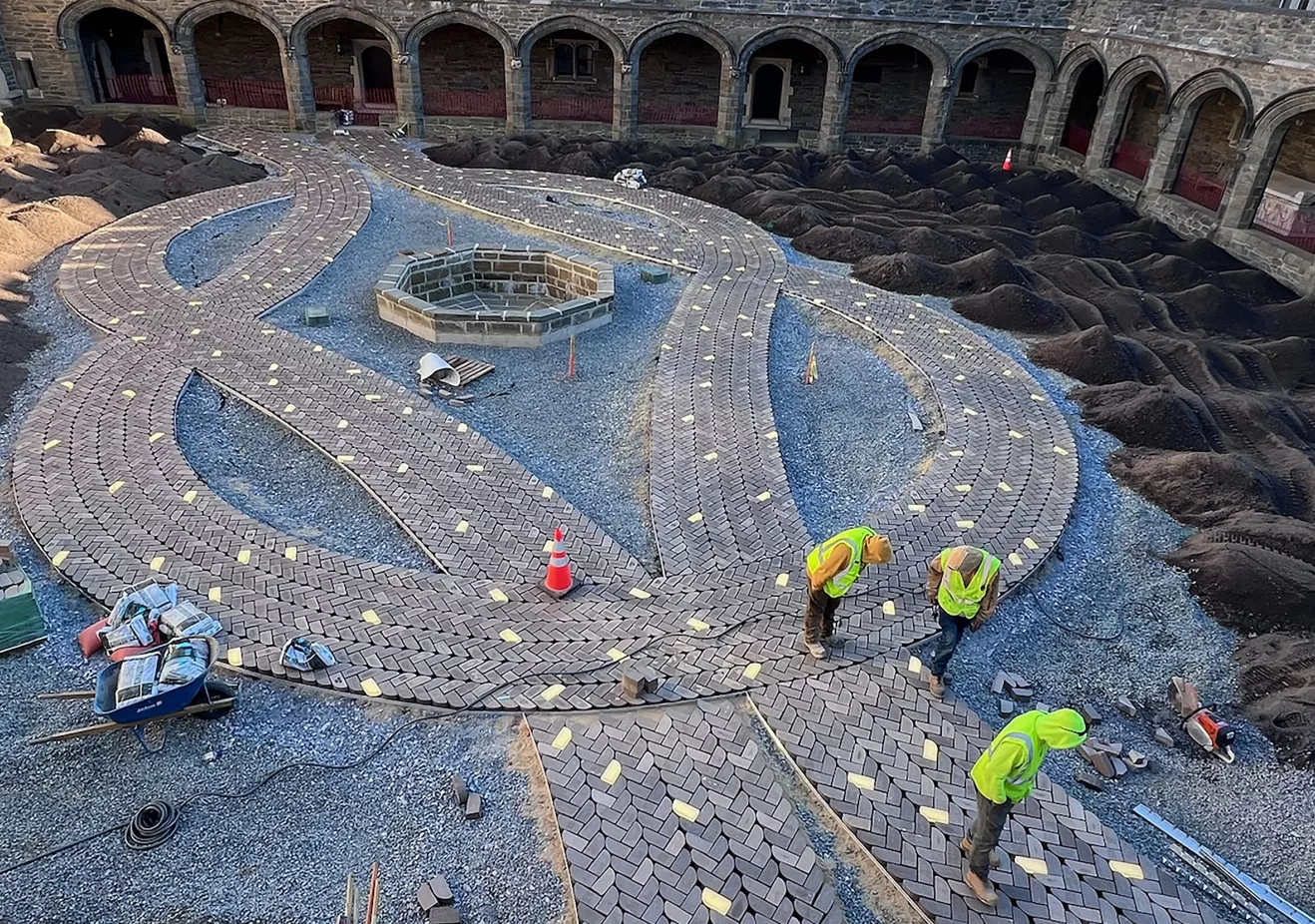
Article: Construction Nearly Complete on ARCH Project as the Cloisters is Transformed
Nov. 19, 2024 - Since installation work began in September, hundreds of tons of paving stones, sand, gravel, soil, and equipment have been craned over the walls of Old Library into the courtyard of the Cloisters, where teams of craftspeople are taking... read more.
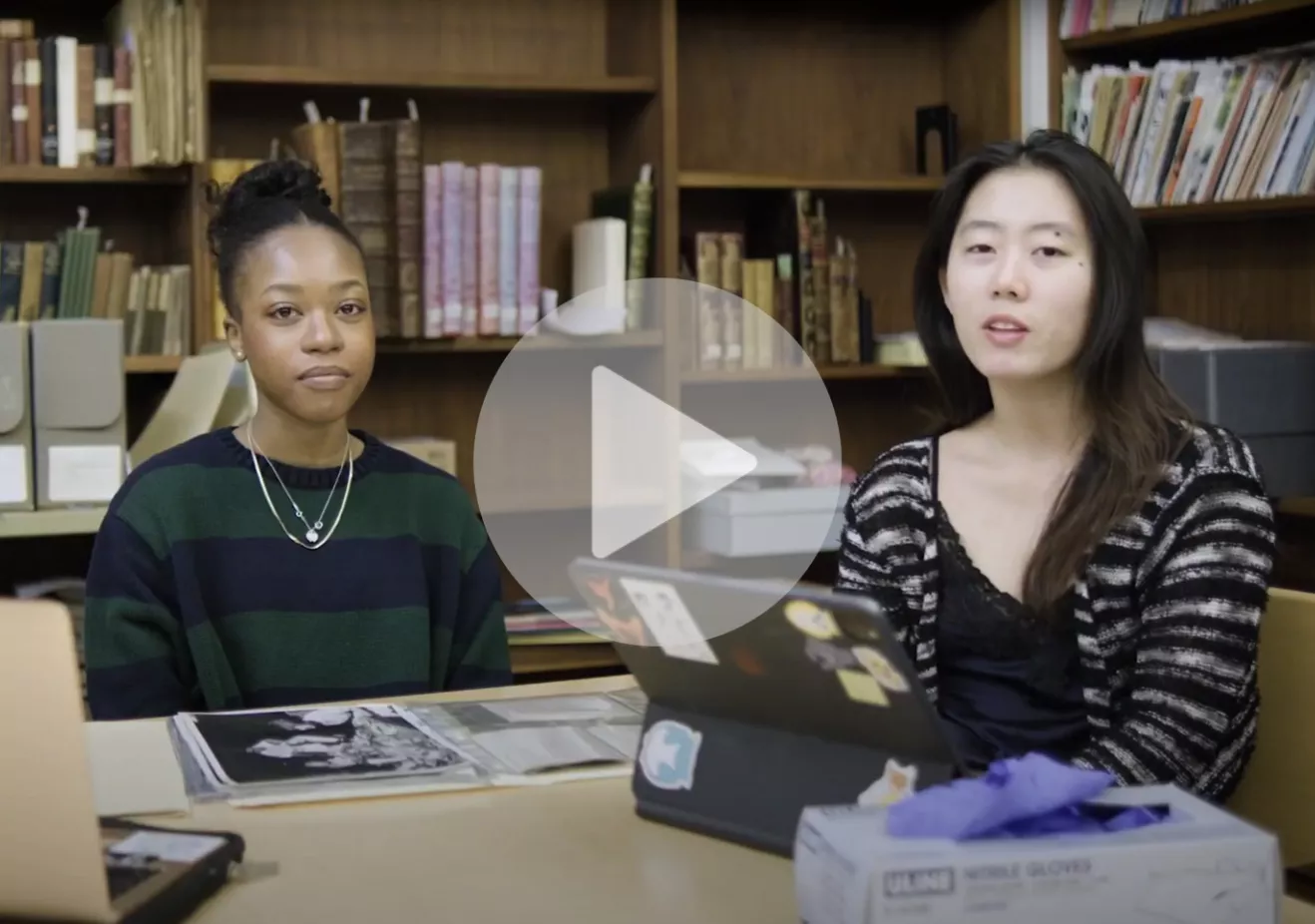
Video: ARCH Project Research Assistants Talk Archival Work and Visiting Studio in D.C.
Mar. 22, 2024 - "Hi, I'm Caitlyn Kim. I'm a sophomore and I'm one of the ARCH research interns." "Hi, I'm Analise Ashman. I'm a senior and also one of the research assistants for The ARCH Project. We are going through the census records"... watch on YouTube.
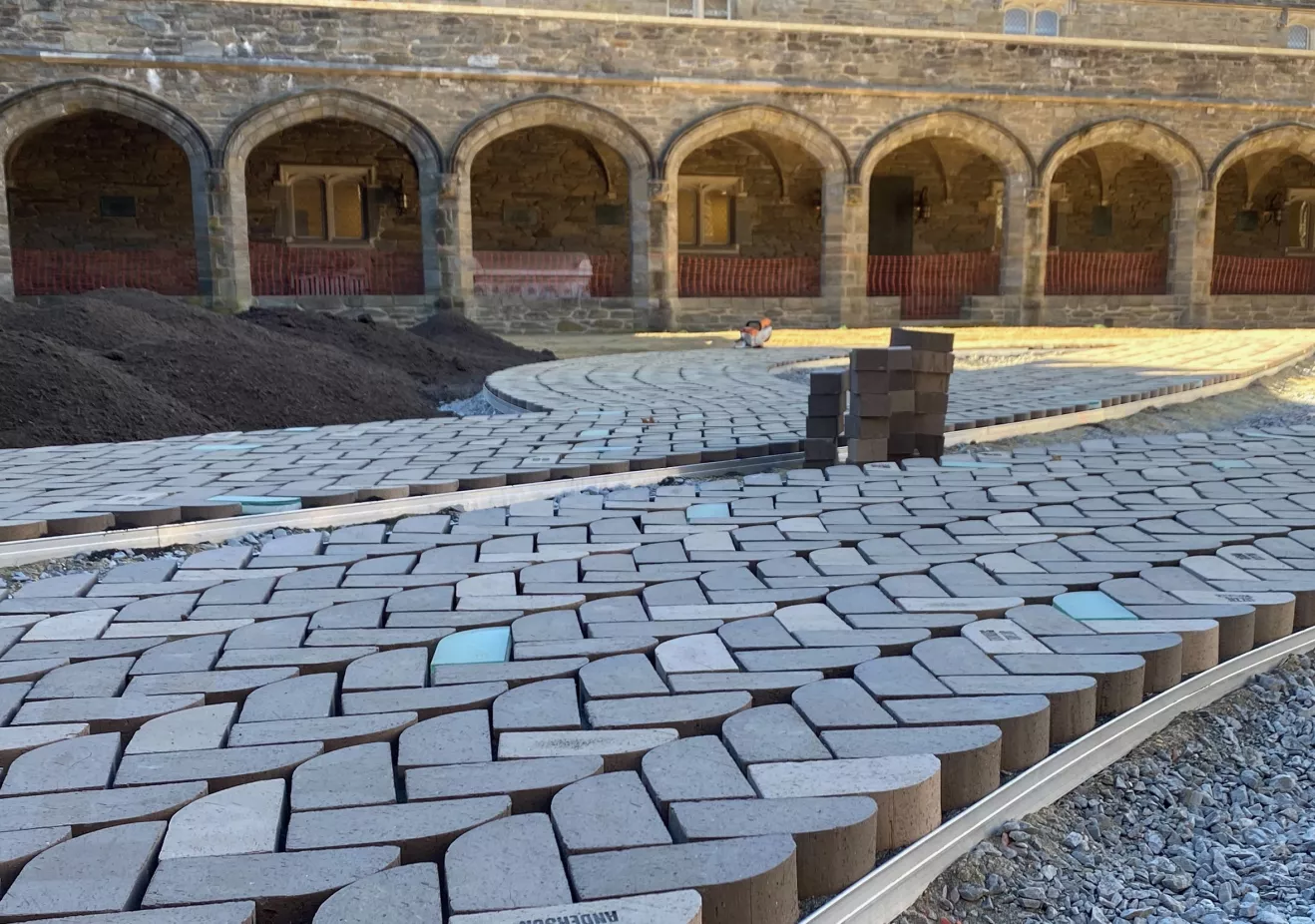
Article: Research and Prep for ARCH Project Continues in Advance of Fall Installation
Mar. 18, 2024 - Progress continues in the planning for Don't Forget to Remember (Me), a monument by artist Nekisha Durrett addressing the legacy of exclusionary practices at the College that will be placed in the Cloisters at the center of Old Library... read more.
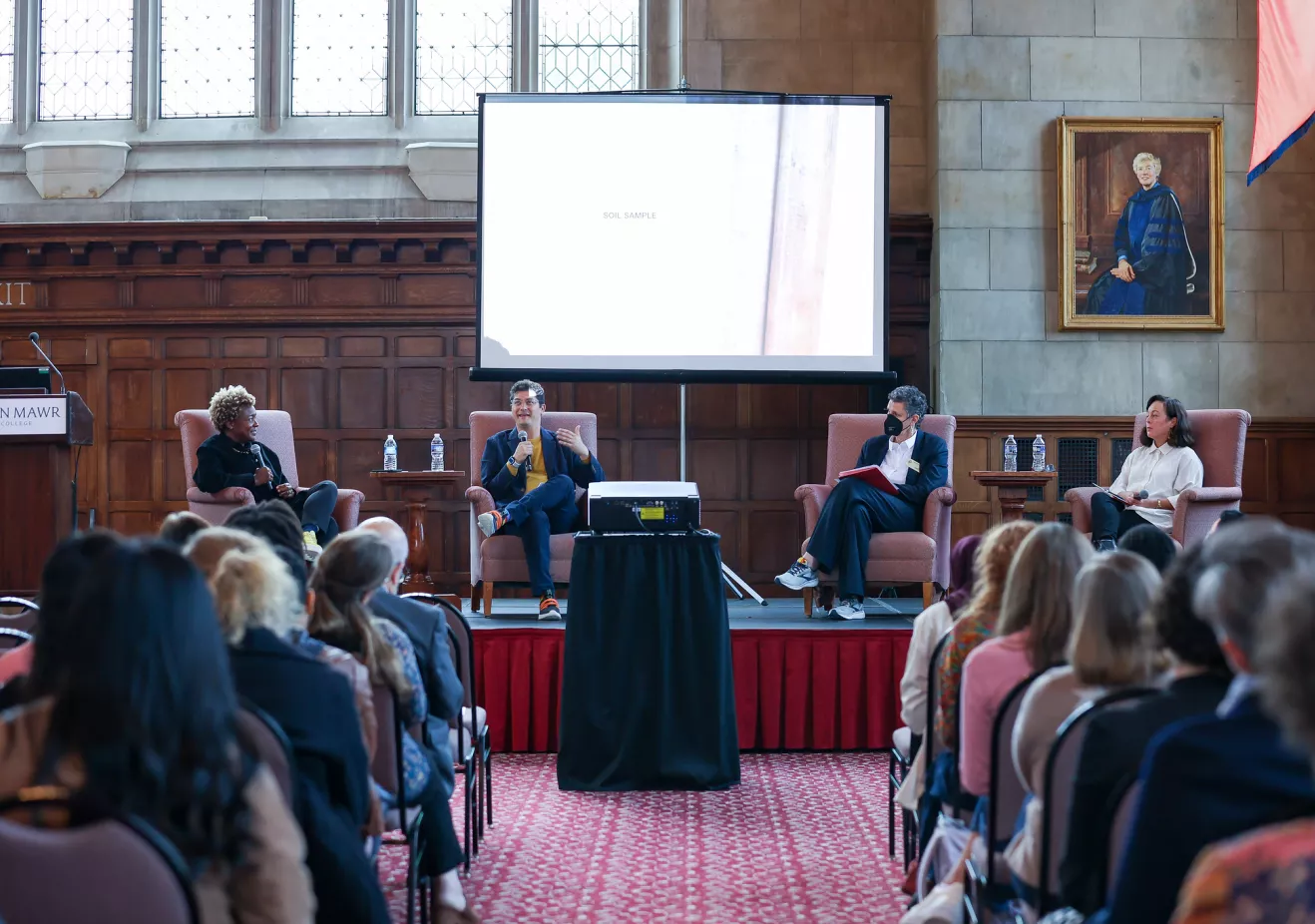
Article: Artist Nekisha Durrett Visits Campus for Update on ARCH Project
Oct. 11, 2023 - Bryn Mawr students, faculty, and staff filled Old Library’s Great Hall recently to hear from artist Nekisha Durrett, President Kim Cassidy, Monument Lab’s Paul Farber, and Professor of History of Art Homay King on plans for the installation... read more.

Video: ARCH Project Artist Nekisha Durrett Creating a New Monument on Campus
May 4, 2023 - "Hi, my name is Nekisha Durrett and I'm an artist. I'm always interested in projects that somehow face the past and shed light on the past, so I felt that this ARCH project was doing just that. My title is called "Don't Forget to Remember (Me)"... watch on YouTube.
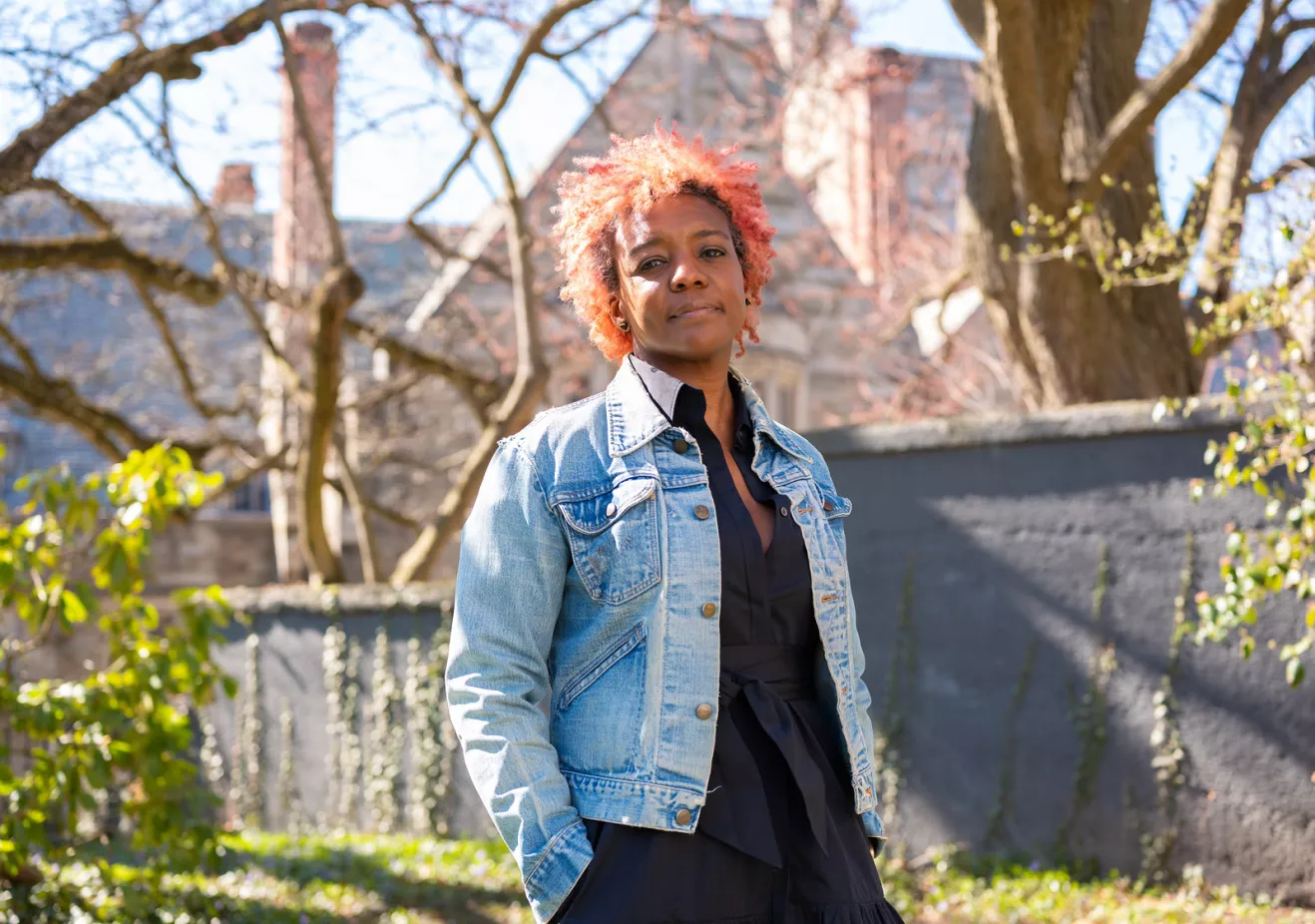
Article: Nekisha Durrett Selected to Create Monument That Responds to Legacy of Exclusion
May 4, 2023 - Bryn Mawr College has selected Nekisha Durrett to create a monument addressing a legacy of exclusionary practices at the College and enabling the campus community to respond to the question, What stories are missing... read more.
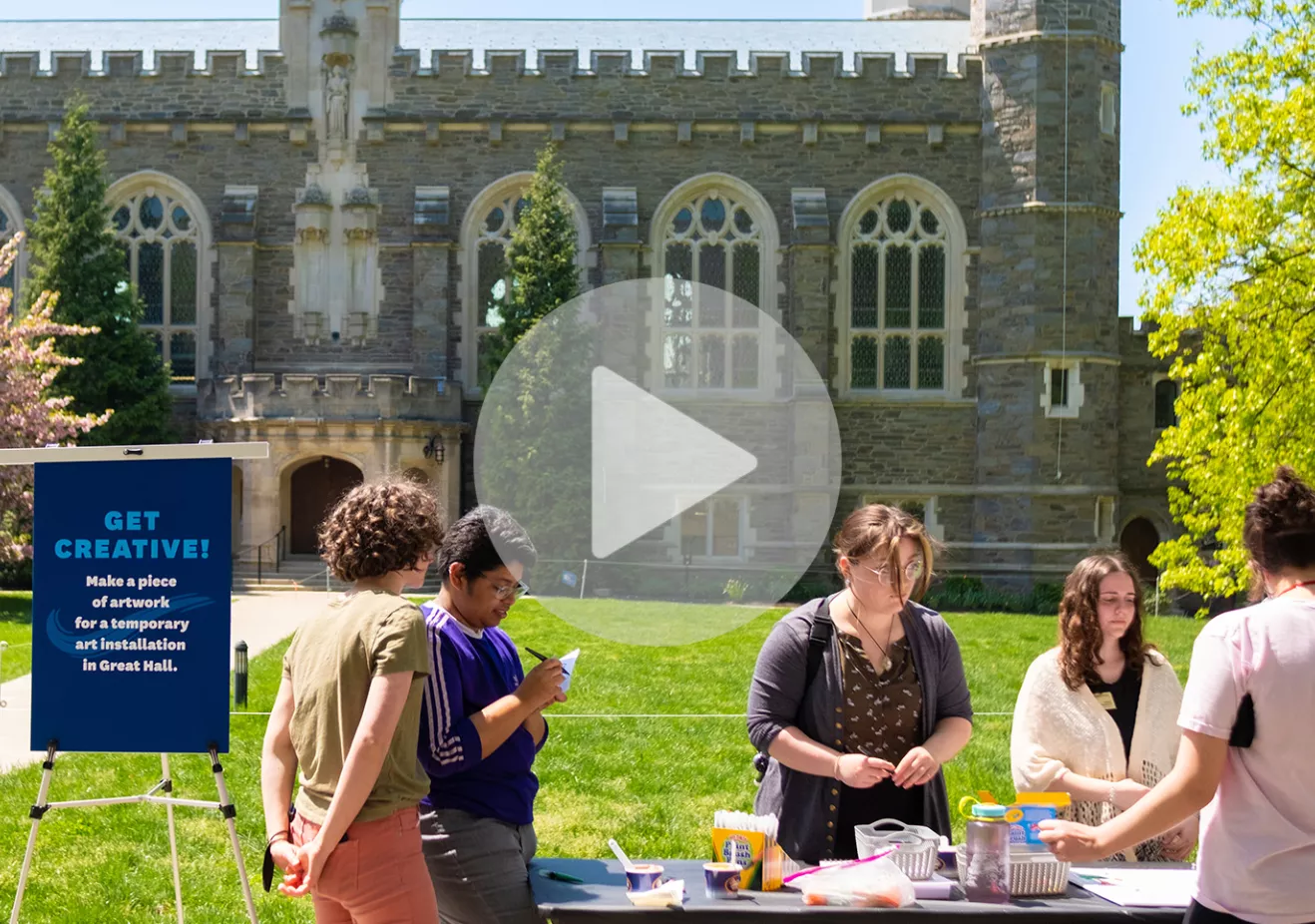
Video: ARCH Project Commission Finalists Will Visit Campus to Share Proposals
Mar. 23, 2023 - “What stories are missing from Bryn Mawr College?” The ARCH Project, in partnership with @monument_lab is a multi-year collaboration with Bryn Mawr community members to commission a lasting campus monument that responds... watch on Instagram.
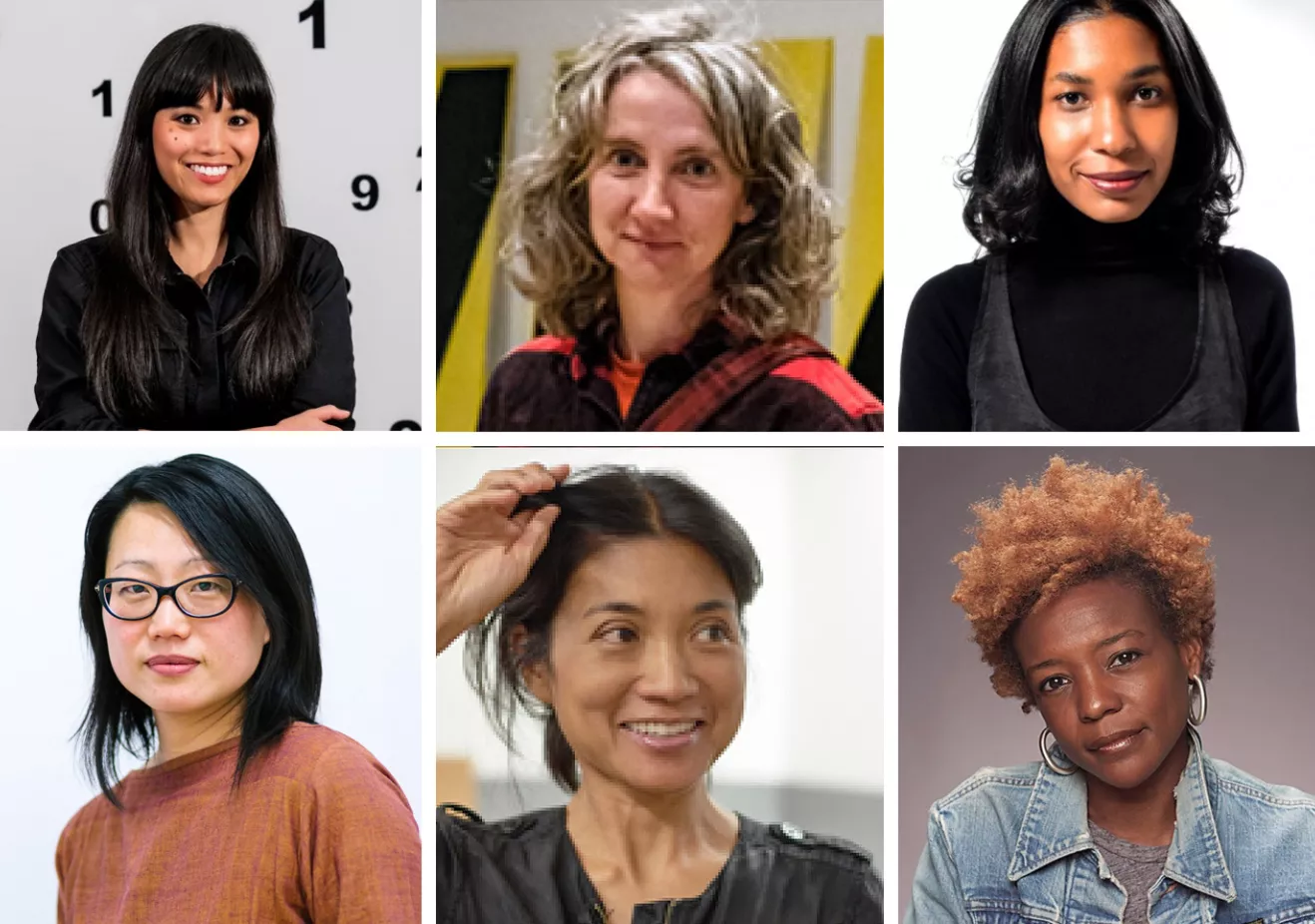
Article: Five Artists Selected as Finalists for ARCH Project's On-Campus Public Artwork
Dec. 7, 2022 - Bryn Mawr College’s ARCH Project (Art Remediating Campus Histories), in partnership with Monument Lab, is proud to announce the five finalists that have been selected by the project’s Artist Advisory Committee to commission a lasting... read more.
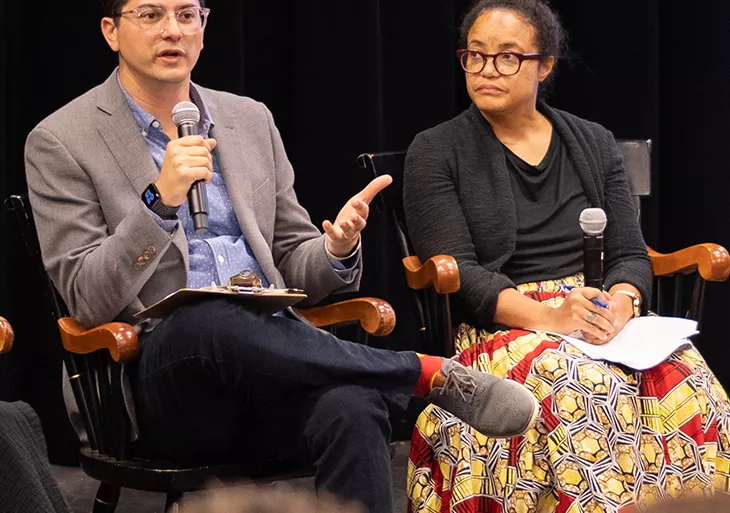
Article: Creation of Artwork Addressing BMC Legacy of Exclusion Takes Big Step Forward
Oct. 17, 2022 - The creation of a new on-campus public artwork that addresses the legacy of exclusionary practices at the College has taken a major step forward with the launch of an online application portal for artists to submit ideas... read more.

Article: New Monument Will Address College's History
Sep. 16, 2021 - Bryn Mawr College is engaging Monument Lab, a public art and history studio in Philadelphia, on a multi-year collaboration to design a process for commissioning a campus public artwork that responds to the legacy and harm... read more.